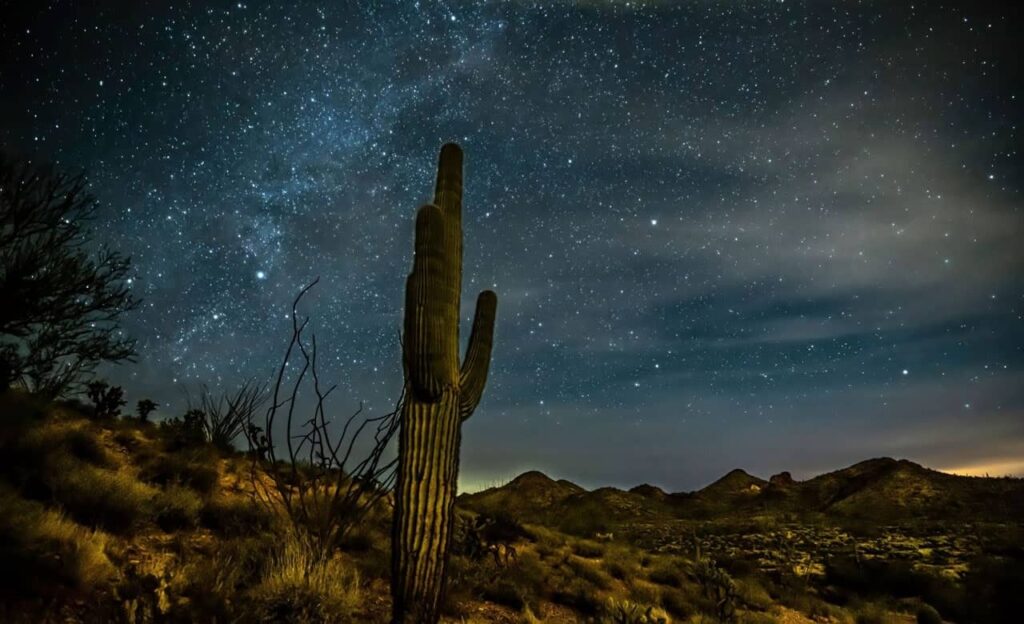We use cookies to help you navigate efficiently and perform certain functions. You will find detailed information about all cookies under each consent category below.
The cookies that are categorized as "Necessary" are stored on your browser as they are essential for enabling the basic functionalities of the site. ...
Necessary cookies are required to enable the basic features of this site, such as providing secure log-in or adjusting your consent preferences. These cookies do not store any personally identifiable data.
Functional cookies help perform certain functionalities like sharing the content of the website on social media platforms, collecting feedback, and other third-party features.
Analytical cookies are used to understand how visitors interact with the website. These cookies help provide information on metrics such as the number of visitors, bounce rate, traffic source, etc.
Performance cookies are used to understand and analyze the key performance indexes of the website which helps in delivering a better user experience for the visitors.
Advertisement cookies are used to provide visitors with customized advertisements based on the pages you visited previously and to analyze the effectiveness of the ad campaigns.

Arizona has long fought against “light pollution” – city glare that obscures the night sky. The Dark Skies Movement is headquartered in Tucson, and Flagstaff, Sedona, the Village of Oak Creek, Camp Verde, and the Kaibab Paiute Indian Reservation are all officially designated dark sky regions. Phoenix, however, has a glow that is visible for up to 100 miles… It’s not hard to find a place to kick back and watch the stars!

Arizona helped birth the dark-sky preservation movement when, in 2001, the International Dark-Sky Association designated Flagstaff as the world’s very first Dark Sky Place for the city’s commitment to protecting its stargazing-friendly night skies. Since then, five other Arizona communities—Sedona, Big Park (Village of Oak Creek), Cottonwood, Fountain Hills and Thunder Mountain Pootseev Nightsky—have earned Dark Sky status from the IDA.
Arizona also boasts 12 Dark Sky Parks, defined by the IDA as lands with “exceptional quality of starry nights and a nocturnal environment that is specifically protected for its scientific, natural, educational, cultural heritage, and/or public enjoyment.” The most famous of these is Grand Canyon National Park, where remarkably beautiful night skies lend draw-dropping credence to the Park Service’s reminder that “half the park is after dark.”

The most serious stargazers in Arizona, according to the Phoenix Astronomical Society, go to the Grand Canyon’s North Rim. This part of the canyon is open from mid-May to mid-October and draws many fewer visitors than the South Rim.
Sites with higher elevation are ideal for stargazing because they give a clearer view of the horizon, he said. The dark skies around Flagstaff and Lowell Observatory offer many great viewing spots that are worth the trip. In the hills above Flagstaff, the venerable Lowell Observatory is the cornerstone of the city’s celestial past, present, and future. Founded in 1894 by Percival Lowell, the observatory is the place from which Pluto was discovered in 1930, and where the first measures of the expanding universe occurred in the 1910s.

The next Perseids shooting star display will peak around the night of Aug. 12 and before dawn on Aug.13, 2024. Though the moon will be 50% illuminated at the time of the Perseids’ peak, it will set around midnight, so there will be dark skies until dawn — perfect for meteor hunting!

The National Park Service and DarkSky International are pleased to announce Saguaro National Park’s certification as the newest Urban Night Sky Place. This certification recognizes sites that are near or surrounded by large urban areas, and whose planning and design actively promote an authentic nighttime experience in the midst of significant artificial light at night. Saguaro National Park joins eight other Urban Night Sky Places around the world and is only the second National Park Service unit to receive this coveted certification.
